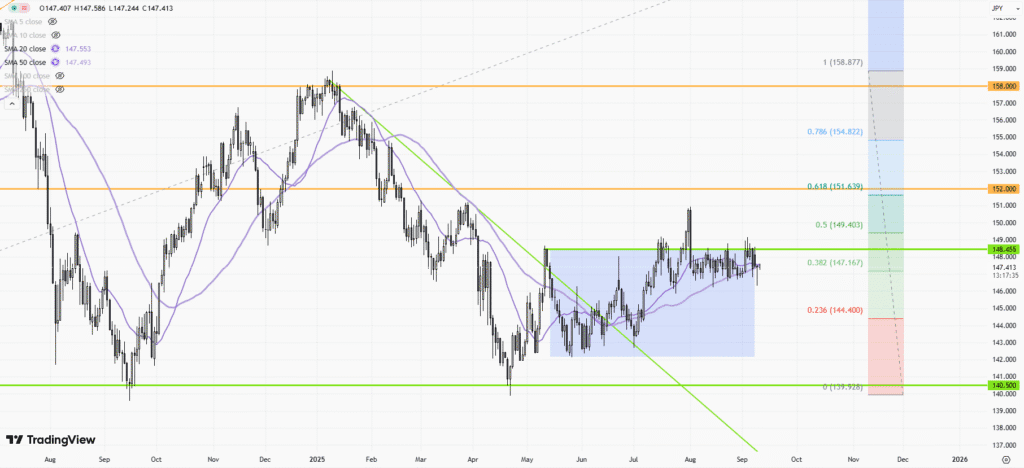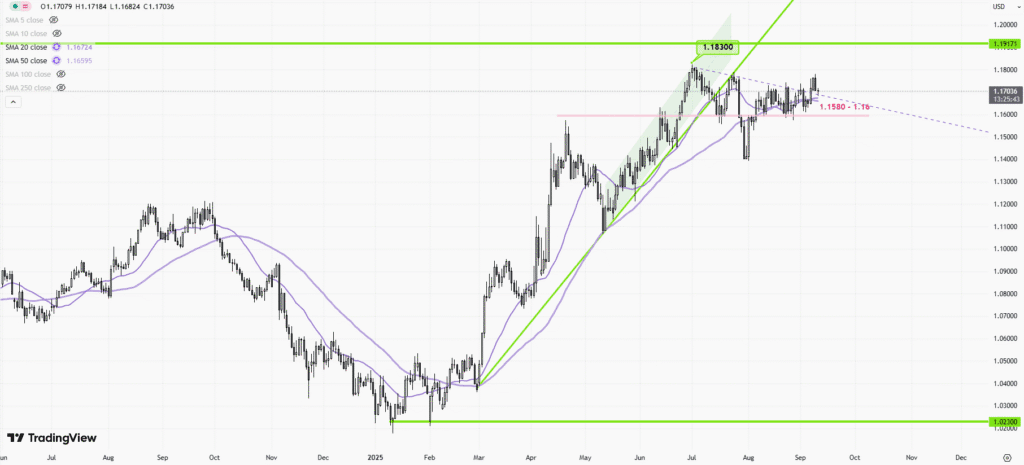 |
| Gold V.1.3.1 signal Telegram Channel (English) |

Medicare Prior Authorization Changes in 2026: What Patients, Providers, and Insurers Need to Know
2025-08-18 @ 00:00
The landscape of Medicare prior authorization is experiencing significant change, with new policies and voluntary industry pledges aiming to address one of the most contentious aspects of healthcare access. For decades, prior authorization—the process where healthcare providers seek approval from insurers before performing certain procedures or treatments—has been a staple in Medicare Advantage and commercial insurance plans, but not in traditional Medicare. That’s set to shift in 2026, marking a pivotal moment for patients, providers, and the broader healthcare industry.
What’s Changing in Traditional Medicare?
Historically, traditional Medicare (also known as Original Medicare) has imposed minimal prior authorization requirements, offering beneficiaries relatively straightforward access to covered services. In contrast, Medicare Advantage plans have used prior authorization extensively as a tool to manage costs and ensure appropriate care, though critics say it too often results in treatment delays and administrative burdens.
Starting January 1, 2026, the Centers for Medicare and Medicaid Services (CMS) will implement prior authorization requirements for select fee-for-service Medicare services in six states: New Jersey, Ohio, Oklahoma, Texas, Arizona, and Washington. This pilot program, named the Wasteful and Inappropriate Service Reduction (WISeR) Model, will target 17 medical services identified as being particularly vulnerable to fraud, waste, and abuse.
The goals are twofold:
– Improve and expedite prior authorization so that patients and providers can avoid delays and unnecessary or inappropriate care.
– Safeguard taxpayer dollars by cutting down on wasteful spending within the healthcare system.
If the pilot is effective, it could serve as a template for nationwide reform of traditional Medicare processes in the years ahead.
Industry Responses and Voluntary Reforms
In parallel with these regulatory changes, a coalition of the country’s largest health insurers—including names like Aetna, Blue Cross Blue Shield, Centene, Cigna, Elevance, GuideWell, Highmark Health, Humana, Kaiser, and UnitedHealthcare—recently made voluntary commitments to improve and standardize prior authorization across Medicare Advantage, Medicaid Managed Care, Marketplace, and commercial plans.
Key industry pledges include:
– Standardizing electronic authorization processes using modern technologies (such as FHIR APIs).
– Reducing the volume of services subject to prior authorization by 2027.
– Expanding real-time approvals to 80% of prior authorization cases, aiming for faster responses.
– Ensuring care continuity during plan changes so patients aren’t left in limbo.
These changes are designed to reduce administrative overhead for healthcare providers, expedite patient access to medically necessary care, and increase transparency around insurer decision-making.
Push for Legislative Action
Despite these industry promises, policymakers and advocacy groups continue to press for more robust, enforceable protections. The bipartisan Improving Seniors Timely Access to Care Act is once again before Congress, seeking to establish federal statutory safeguards to prevent prior authorization abuse in Medicare Advantage. This legislation would:
– Mandate greater transparency from insurers, including clear reporting on approval rates and reasons for denials.
– Require timely and clinically sound decisions to reduce harmful delays.
– Create enforcement mechanisms to hold insurers accountable if they don’t comply with patient-centric standards.
Physician and patient advocacy organizations, such as the American Medical Association (AMA), have long argued that the current prior authorization system not only wastes valuable clinical resources but can also cause genuine harm by delaying critical treatment.
Technology and Transparency: AI’s Role in Authorization
Another emerging issue is the growing role of artificial intelligence (AI) in making prior authorization decisions. From 2026, Medicare Advantage organizations will be required to report how AI is used in these decisions, although reporting will be aggregated at the contract level, not for each individual plan or treatment. Critics argue that transparency at a more granular level would give beneficiaries better information to make plan choices—and allow for closer oversight of how AI might be affecting care access.
Advocates caution that while AI has the potential to streamline decision-making and reduce human error, it also risks making opaque or even incorrect denials unless tightly supervised by clinical professionals.
Balancing Access, Cost, and Oversight
The broad consensus is that the prior authorization process—while potentially valuable for controlling costs and protecting against fraud—remains burdensome, inefficient, and sometimes hazardous for patients. Reforms are aimed at striking a balance: ensuring timely access to appropriate care while holding down unnecessary or harmful expenditures.
The coming years will reveal whether voluntary industry reforms, combined with targeted federal regulations and state-level pilots, can finally deliver a system that works better for patients, providers, and taxpayers alike. Health policy watchers and financial advisors should keep a close eye on these developments, as the outcomes could profoundly affect not only healthcare delivery, but also the financial planning landscape for retirees and future Medicare beneficiaries.








